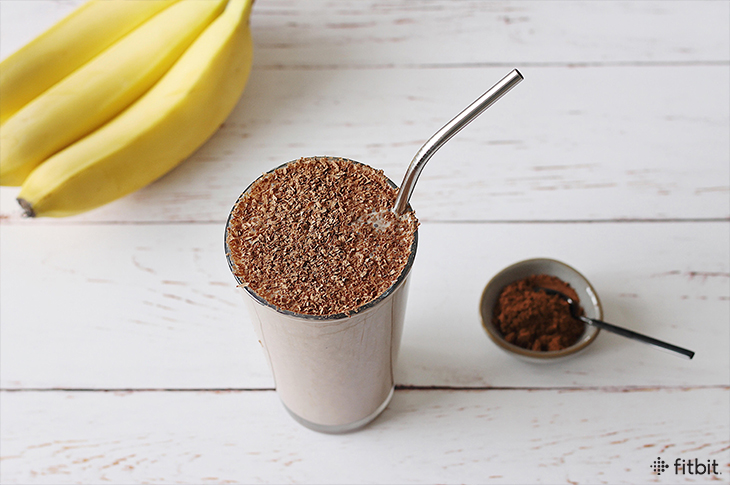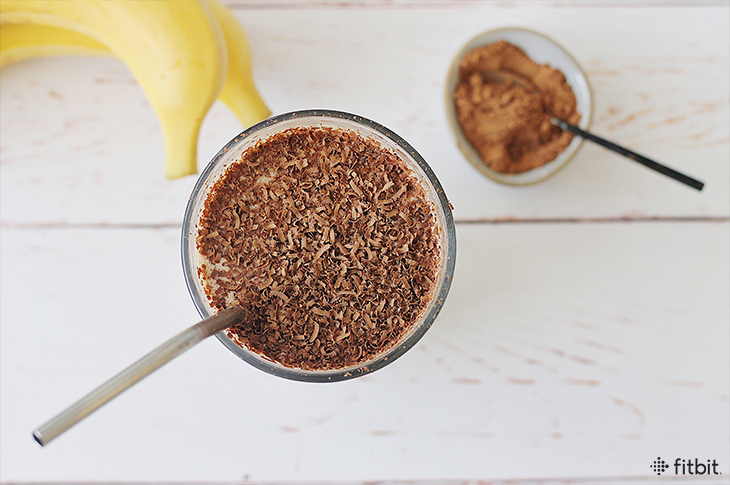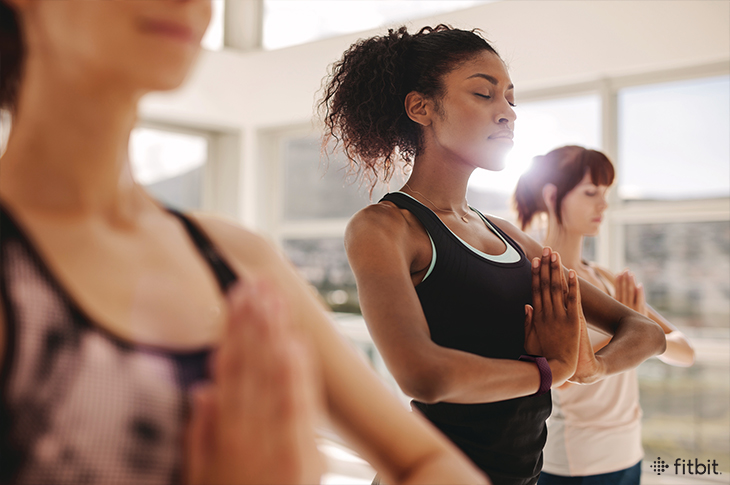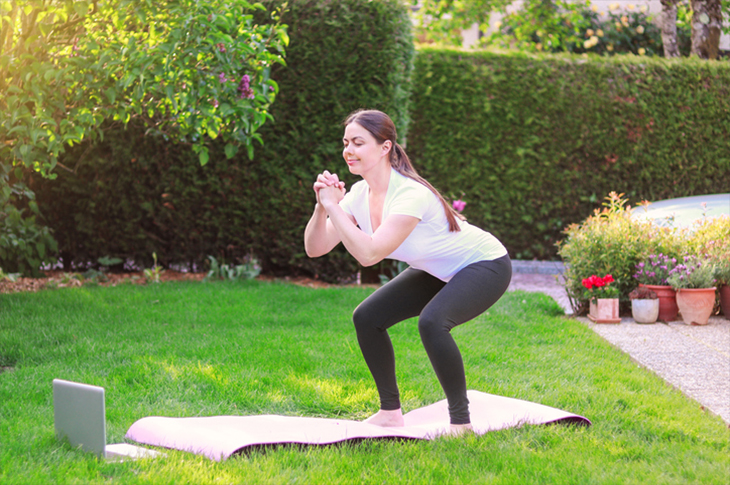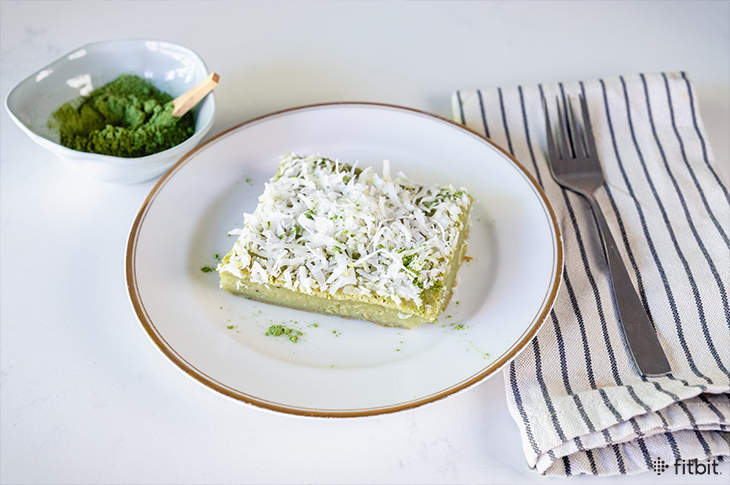
Let’s kick off this National Sleep Comfort Month by talking about sleep hygiene. Having good sleep hygiene means having habits that help you get a good night’s sleep, which is important, because getting those precious Zzz’s is vital to living a healthy and happy life. However, a recent study shows that one in three adults don’t get enough sleep.
Understanding the potential impact of lack of sleep is significant, because sleep affects not only your physical body but your mood and overall mental wellness. That said, hitting the hay an hour earlier than your normal bedtime can have tremendous benefits.
“In my experience, we have seen great improvements in sleep quality by getting people to sleep earlier,” says Dr. Alex Dimitriu, MD, dual boarded in psychiatry and sleep medicine, owner at SiliconPsych.com. “Specifically, melatonin (the hormone that sends a signal to your body to sleep) tends to peak in the early evening, often a few hours after sunset—and subsides afterwards. Being asleep during this time, when melatonin levels are higher, has improved both sleep duration as well as sleep quality.”
Keep reading to learn more about the connection between mental health and sleep, plus tips on how to build the habit of getting to sleep an hour earlier.
What is the connection between sleep and mental health?
It’s no secret that sleep has a huge impact on your mental health and wellness. Without sleep, our body isn’t able to function properly and can lead to a higher risk of psychological disorders, diabetes, and even thyroid problems.
“Healthy sleep hygiene helps promote good sleep quality and quantity,” says Dr. Dimitriu. “Mental benefits of good sleep are improved mood, memory, impulse control, and ability to learn. Physical benefits include healthy skin, improved blood pressure, and metabolism.”
How to create healthy bedtime habits
There are simple things you can do to train yourself to go to sleep just an hour earlier, which involves creating good sleep patterns. Let’s dive into some habits you can start today to start snoozing earlier tonight:
Listen to your internal body clock. Our bodies’ sleep-wake cycle is controlled by an internal clock known as our circadian rhythm, which sends signals to our brains telling us when we should be awake and alert and when it’s time to get rest and go to sleep. These signals are sent to our brain based on sunlight entering our eyes during the day and it being dark outside at night.
“Getting to sleep earlier may result in more circadian aligned sleep,” says Dr. Dimitriu. “In other words, sleeping when your body’s natural clock aligns with daylight and night, can be more restorative, deeper, and longer as well.”
Make bedtime your favorite time. Set yourself up to get enough shut eye by putting in place positive incentives to get into bed an hour earlier. This can be anything from snuggling up with your favorite blanket, reading a book, or drinking a cup of decaffeinated tea in bed.
“Having something to look forward to when you get to bed earlier, helps!” says Dr. Dimitriu. “I recommend my night owl patients to aim to be in bed at 11 o’clock, and enjoy some time in bed before sleep.”
Turn off the television and your phone in bed. Turning off your TV and phone every night at a specific time can do wonders for your sleeping habits. If you can keep your phone outside of your room, even better. If you use your phone as your alarm clock, consider getting an old-fashioned alarm clock instead.
Try a sleep meditation with Fitbit Premium. Relax your mind before bed with a guided sleep meditation. When we slow the mind, we can rest the body, therefore allowing us to get better quality sleep. With guided meditation, you can unlock new techniques to help you get ready for a restful night’s snooze.
The post Hit the Pillow an Hour Earlier and See Your Mental Health Improve appeared first on Fitbit Blog.
source https://blog.fitbit.com/bed-hour-earlier-mental-health/


